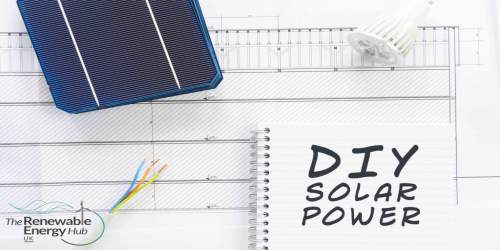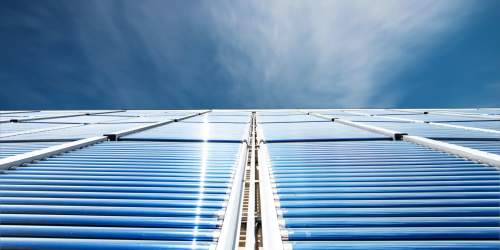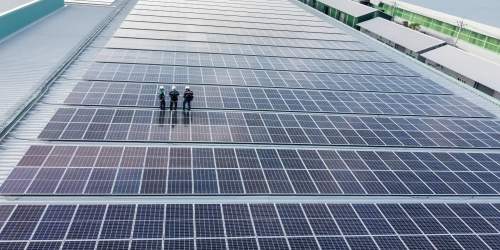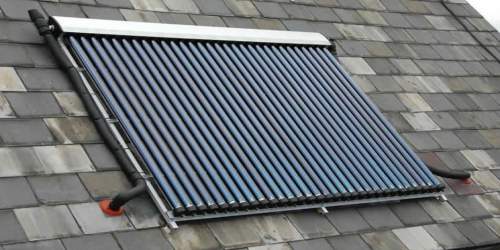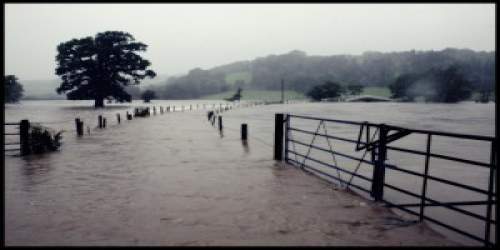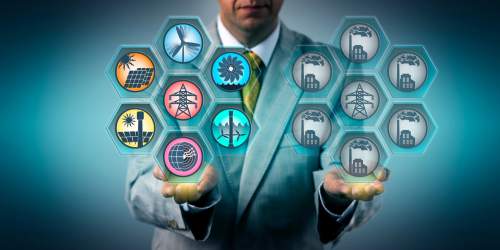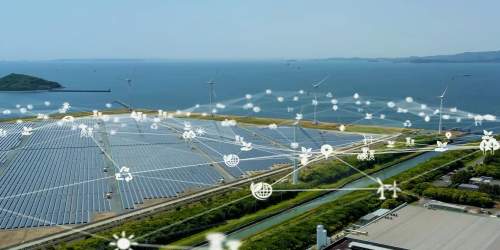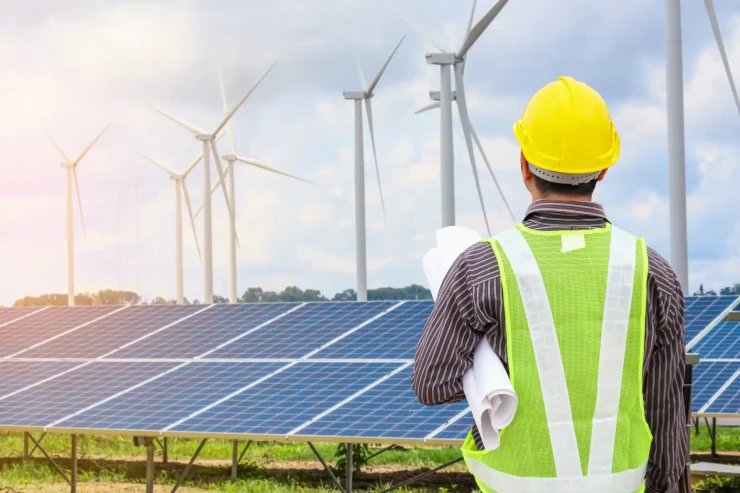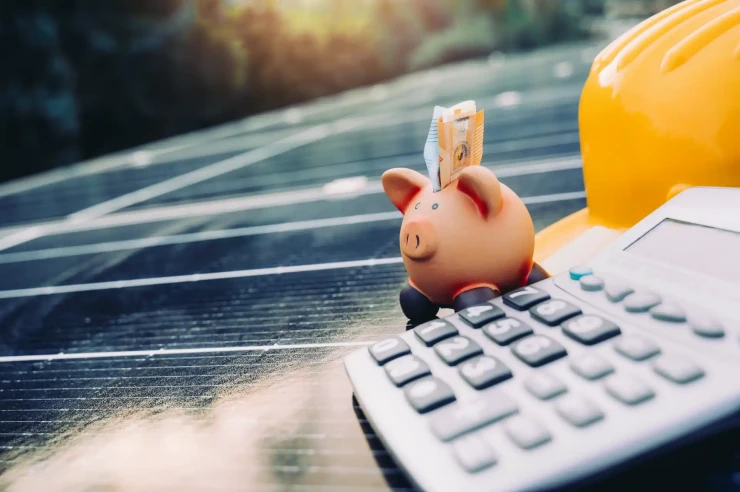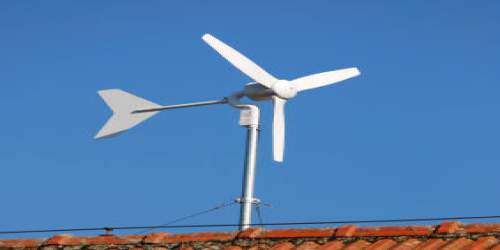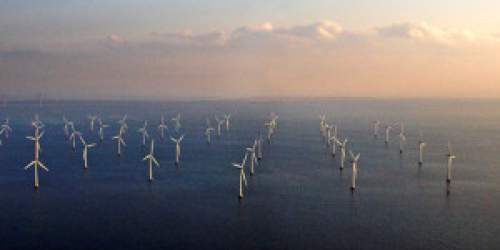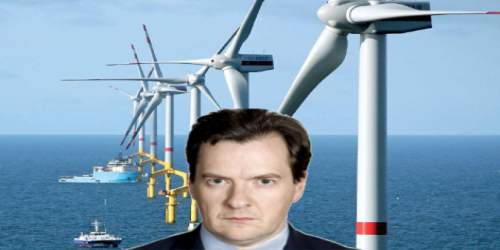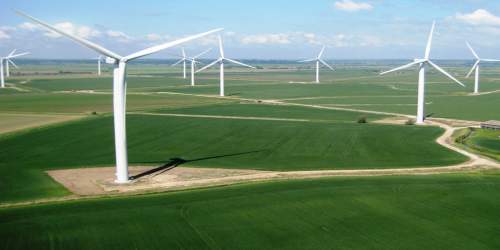Fukushima in North-East Japan will always be remembered as the site of the world’s worst nuclear accident for a quarter of a century.
Nine years later Fukushima is planning to reinvent itself as a renewable energy leader in Japan. After the 2011 triple meltdown at the Fukushima Dai-ichi Nuclear Power Station the land became too toxic for people to farm and live on. The accident set off by a powerful earthquake and Tsunami, sent large quantities of radiation into the atmosphere and led to the evacuation of 150,000 people. This land will soon be dotted with windmills and solar panels. Local government has promised to power the region with 100% renewable energy by 2040 compared with 40% today. The new projects will also include biomass plants, geothermal stations, even fleets of sea-going windmills.
Fukushima Prefecture is an area encompassing 59 municipalities and a population of over 1.8 million people which is still recovering from this disaster and a further one in 2019, typhoon Hagibis which wiped out many of the homes and businesses that had been rebuilt since 2011.
Sponsors for the 300bn yen ($2.75bn) project include the government-owned Development Bank of Japan and Mizuho Bank. The project will involve the construction of 11 solar and 10 wind farms on abandoned farmland and in mountainous areas and are scheduled to be built by the end of March 2024. According to a report in the Nikkei Asian Review the Fukushima prefecture will generate 600 megawatts which is approximately two-thirds of the energy output of a typical nuclear power plant, when it is completed. Although this is much less power than the nearly 4,700 megawatts its nuclear reactors were capable of generating before, a 2017 prefecture survey revealed that 54 percent of residents wanted renewable energy, compared to 14 percent who didn’t, according to The Japan Times.
A new 80km power grid will connect to the Tokyo Electric Power Company’s transmission lines, which will transfer energy to Japan’s capital city, the Tokyo metropolitan area, a three- to four-hour drive away. The change is beginning to take place thanks to the $2.75bn in financing.
Japan’s conservative government is pushing to restart idle reactors in the face of the Fukushima disaster which was the world’s worst nuclear accident since Chernobyl in 1986. Despite this the government wants to use nuclear power to make up between 20% and 22% of its overall energy mix by 2030. Before Fukushima, nuclear energy was responsible for generating almost a third of Japan’s power. Campaigners have heavily criticised the government’s policy saying that nuclear plants are clearly a danger given the country’s vulnerability to earthquakes and tsunami.
Fukushima’s transformation from nuclear energy to solar and wind comes at a time when policymakers and scientists all over the globe are debating the role of nuclear energy in an effort to stop the climate crisis. Some scientists see nuclear energy as an important way to generate energy without burning planet-heating fossil fuels. Others are still concerned about the dangers associated with nuclear power even though there have been advances in nuclear technology since the infamous meltdowns of the past. After the Fukushima meltdown all of Japan’s 54 reactors were shut down and only nine reactors are in operation today having passed strict safety checks brought in after the disaster.
As it rebuilds Fukushima is determined to lead the way forward in renewable energy. In 2014 its objective was to meet all its energy needs with 100% renewables by 2040. The National Institute of Advanced Industrial Science and Technology also opened a research and development centre for renewable energy in Fukushima Prefecture at this time.
According to the Institute for Sustainable Energy Policies renewables accounted for just 17.4% of Japan’s energy mix in 2018 which is well below countries in Europe. The Japanese government is planning to increase this to between 22% and 24% by 2030, a target which their prime minister believes to be ambitious, but which climate campaigners criticise as inadequate.
Japan’s Prime Minister, Shinzo Abe is insistent that nuclear energy will help Japan meet its carbon dioxide emissions targets and lessen its dependence on imported gas and oil. However, his recently appointed environment minister, Shinjiro Koizumi, does not agree and is calling for the country’s nuclear reactors to be shut down to stop a repeat of the Fukushima disaster.
“We will be doomed if we allow another nuclear accident to occur. We never know when we’ll have an earthquake”.
Given the strong local opposition and legal challenges the government is unlikely to meet its own target of 30 reactor restarts by 2030.
Japan is also facing growing international criticism over its dependence on imported coal and natural gas. It received the ironic ‘fossil of the day’ award from the Climate Action Network at the recent UN climate change conference in Madrid after its industry minister disclosed plans to continue using coal-fired power. Every day at the COP this award is presented to a country that is blocking progress in the negotiations or the implementation of the Paris Agreement.
According to the US Energy Information Administration, currently Japan is the third biggest importer of coal after India and China. Its megabanks have been urged to end their financing of coal-fired plants in Vietnam and other developing countries in Asia.
The idea of safer, cleaner next-generation nuclear technology is still being debated elsewhere in the world. In fact, nuclear energy was included as part of the solution by the United Nations’ panel of scientists in its landmark report on how to keep the world from warming above 1.5 degrees Celsius, the benchmark that they say the planet will need to stay below in order to avoid the most devastating effects of climate change.
Fukushima is the third largest administrative district in Japan and uniquely includes a variety of energy resources such as prime spots for solar and wind farms and opportunities for geo-thermal power as well.
Since 2012, Fukushima has already tripled its renewable energy production, with solar, wind, water, thermal, and biofuel resources totalling 1,500 megawatts of electricity, delivering a contribution of nearly 18% of Japan’s total yearly energy consumption. This is a great start to their ambitious plans for the future.
Find out more about wind turbines here.
Find out more about solar here.



